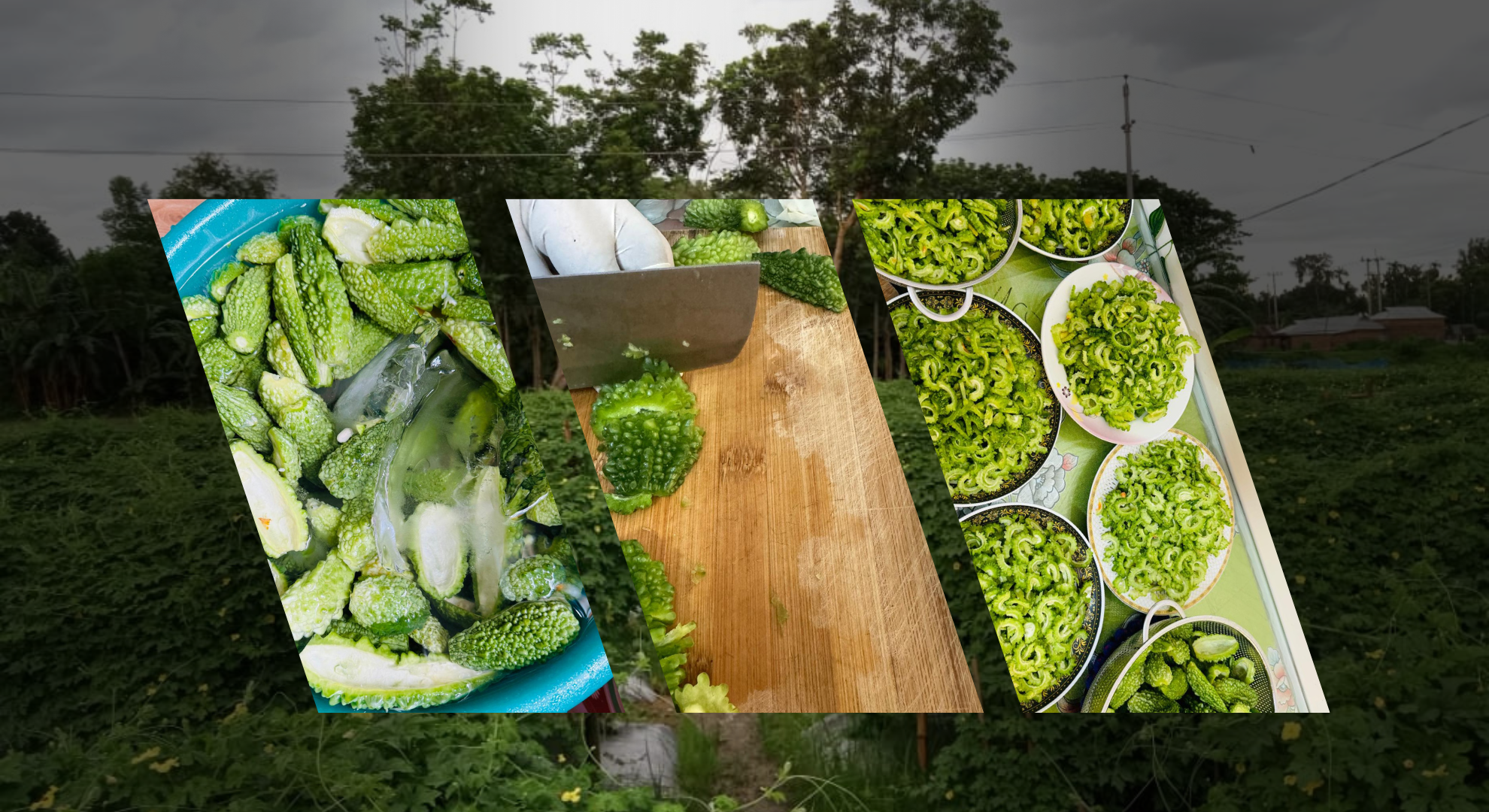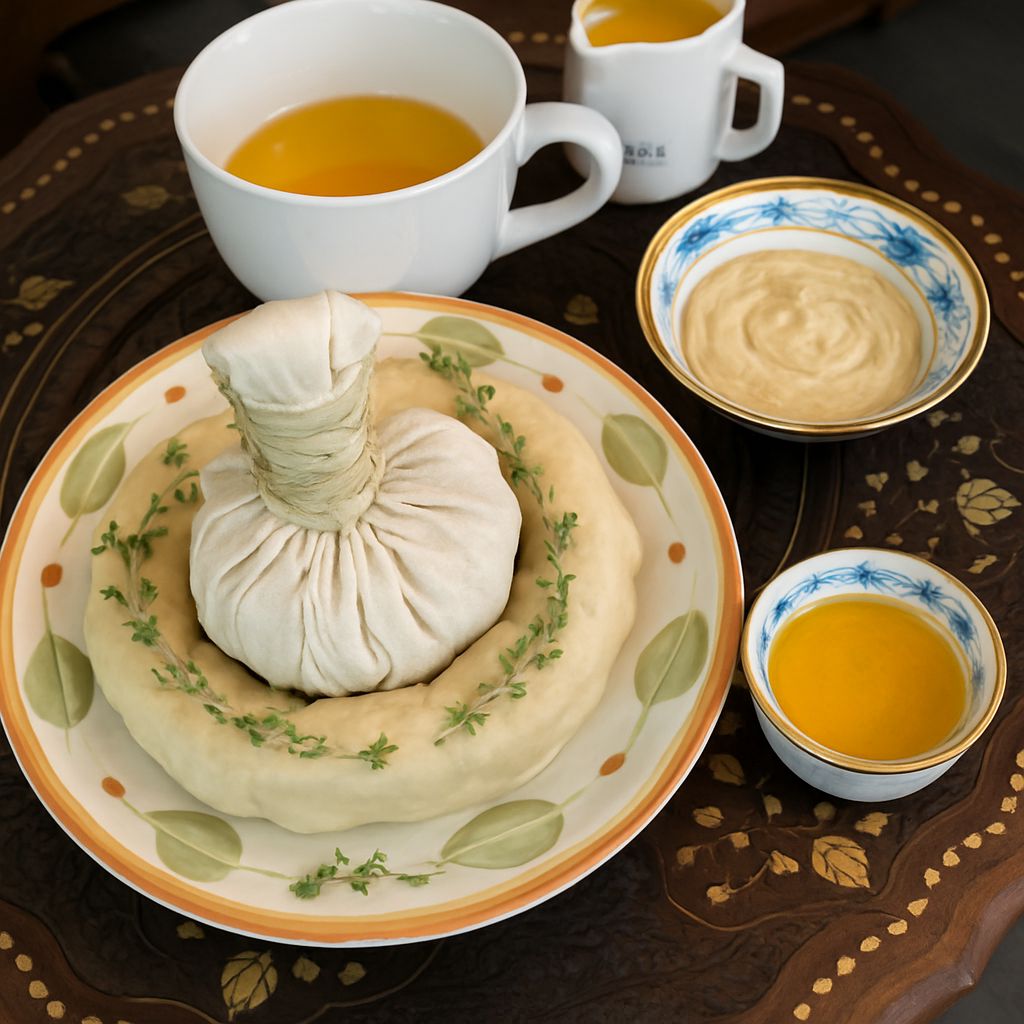Introduction to Blanching and Shocking
Blanching and shocking is a culinary technique deeply rooted in traditional cooking practices worldwide. This method, particularly popular in Asian cuisines, involves briefly cooking vegetables in boiling water and then rapidly cooling them in ice water. While this technique is widely recognized for its effectiveness in preserving the color, texture, and nutritional integrity of vegetables, its application in preparing bitter melon (Momordica charantia) holds significant cultural and health-related implications.
Historical Context of Bitter Melon
Bitter melon, known for its distinctive bitter taste and numerous health benefits, has been cultivated and consumed for centuries in various cultures, particularly in Asia, Africa, and the Caribbean. Its origins trace back to the Indian subcontinent, where it has been used in traditional Ayurvedic medicine for its therapeutic properties. The bitter compounds found in this vegetable, particularly charantin and momordicin, contribute to its reputed ability to regulate blood sugar levels, support digestive health, and boost the immune system.
In Ayurveda, bitter melon is considered a powerful herb that balances the doshas—Vata, Pitta, and Kapha—promoting overall health and well-being. The traditional method of preparing bitter melon through blanching and shocking not only enhances its palatability but also retains its potent medicinal qualities, making it a staple in many Ayurvedic dishes.

Purpose of Blanching and Shocking
The blanching and shocking method serves several purposes that resonate with holistic health principles. Firstly, blanching involves submerging the bitter melon in boiling water, which helps to soften its texture while preserving its vibrant green color. This initial cooking process enhances the flavor profile by reducing the harshness of the vegetable’s natural bitterness, making it more appealing to a wider audience. For many, the bitterness of the melon can be an acquired taste, and this technique provides a way to ease the transition for those unfamiliar with it.
Following blanching, the shocking process involves rapidly cooling the bitter melon in an ice bath. This critical step halts the cooking process, ensuring the vegetable retains its crisp texture and vibrant color. In Ayurveda, the preservation of color and texture is essential as it reflects the vitality and life force of the food, known as prana. The bright green hue of the bitter melon not only signifies freshness but also indicates the presence of vital nutrients, including vitamins A and C, potassium, and antioxidants.
Holistic Benefits of Blanching and Shocking
Beyond aesthetics, the blanching and shocking technique embodies the principles of holistic health. It promotes the nutritional integrity of bitter melon, enabling individuals to harness its medicinal properties fully. The method effectively reduces surface bacteria, enhancing food safety while retaining essential vitamins and minerals that could be lost through extended cooking processes.
From a holistic perspective, this technique aligns with the Ayurvedic belief in the importance of sattva—the quality of purity and harmony in food. By preparing bitter melon thoughtfully, we not only enhance its taste and texture but also honor its role in promoting balance and well-being within the body. The consumption of properly prepared bitter melon can support digestive health, aid in blood sugar regulation, and contribute to overall vitality, all essential aspects of maintaining balance in the mind, body, and spirit.
Conclusion
In conclusion, the history and practice of blanching and shocking bitter melon reflect a deeper understanding of food as medicine within holistic traditions. This technique not only preserves the quality and safety of the vegetable but also enhances its health benefits, making it a valuable addition to a balanced diet. As we embrace the wisdom of our culinary ancestors, we can cultivate a deeper appreciation for the food we consume, recognizing the profound connection between what we eat and our overall well-being. Through mindful preparation and consumption, we can harness the life-giving properties of bitter melon, integrating its benefits into our holistic health practices.





